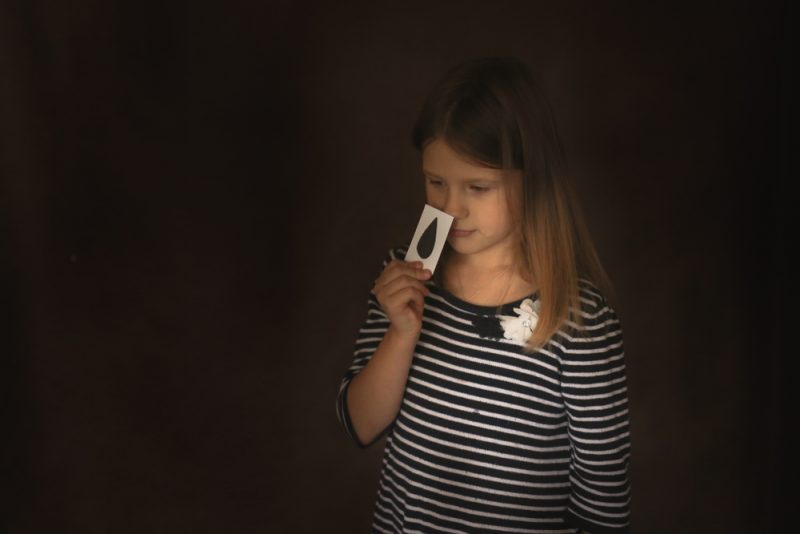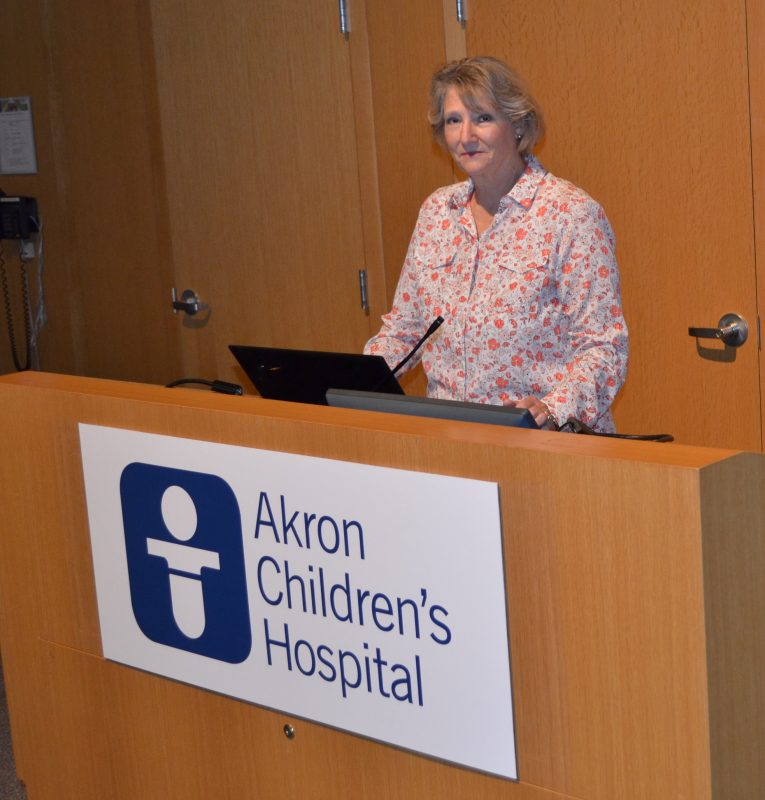 One in 5 girls and one in 10 boys will be victims of sexual abuse prior to their 18th birthdays. Those are startling statistics.
One in 5 girls and one in 10 boys will be victims of sexual abuse prior to their 18th birthdays. Those are startling statistics.
The Akron Children’s Division of Child Protection and Child Abuse Prevention recently hosted a presentation to educate parents, teachers and community members about protecting kids from sexual abuse. Cory Jewell Jensen, M.S., shared insights garnered from spending 35 years evaluating and treating adult sex offenders and their families in Portland, Oregon. She is currently senior trainer for CBI Consulting. (Read part 1: Who offenders are; How offenders got that way; Offenders’ targets) in this series.)
How offenders get away with it
Offenders often study and befriend their victims. They portray the relationship as friendship, testing the child’s ability to keep secrets. They groom kids for increasing physical contact – such as high fives that start to linger, an arm around the shoulder that drops to the child’s waist, wresting or tickling.
Some offenders try to make the abuse “feel good” to the child, making sure they don’t scare or hurt the child at first. They present love and sex as the same – and make kids feel like they “wanted” to do it. They may even violate the child at night, so the child thinks it was a dream.
Offenders may bribe children with gifts or other rewards. Some abusers make threats or trick kids into thinking they will get in trouble, be sent away or cause their parents to divorce.
“We only catch about 3% of sex offenders. Fewer than 4% of sexual abuse cases have physical evidence, and most kids don’t tell if they are being sexually abused,” Cory explained. “They may not know what is happening, or they may understand and feel embarrassed. They are groomed not to tell, or they may love and feel protective of the offender.”

Cory Jewell Jensen presented to parents in our auditorium.
Sex offender warning signs
Adult sex offenders can seem preoccupied with the sexual development of children, making sexualized comments to or about children. They may act “flirty” around children and teens, feeling jealous of peer relationships the kids have, and look for opportunities to be alone with children. They buy gifts for no reason and seem “too good to be true.”
“Other warning signs include adults who work with kids and also spend free time doing ‘special’ things with children – or adults who are involved with kids’ groups when they don’t have kids of their own participating,” Cory said. “Another red flag is adults who don’t have kids but know a lot about trends that are popular with children and teens.”
Does treatment for sex offenders work?
The short answer: It depends on the offender. “Good sex offender treatment helps reduce re-offense rates, but it can never cure anyone,” Cory offered. “Treatment requires lifetime intervention and safety/behavioral rules. Anyone who has committed a sexual crime should never, ever be left alone with children.”
Advice from child molesters: what doesn’t work
There’s no better way to learn how to prevent child molestation than by getting feedback from offenders themselves. Here are tips on what doesn’t work to protect kids:
- Believing you don’t know any sex offenders. One person in 25 has committed sexual abuse, so chances are good you know someone.
- Depending on children to protect themselves.
- Thinking they will tell you about sexual abuse on their own.
- Not having a close relationship with your children.
- Not having adequate rules about supervision.
- Outdated teaching techniques of “Stranger Danger,” “No-Go-Tell” and “Good Touch, Bad Touch.”
- Ignoring the signs, such as your child acting out in a sexual manner.
Advice from child molesters: what works
It is essential for adults to take on the responsibility of protecting their kids. Talk to your children, and prepare them. Set and maintain good rules and boundaries. Develop the kind of relationship that would make your child comfortable to come to you. Be “open to the possibility” of a sex offender in your circle of family/friends, and look out for warning signs.
Editor’s note: Read parts 1 and 3 in this series.










